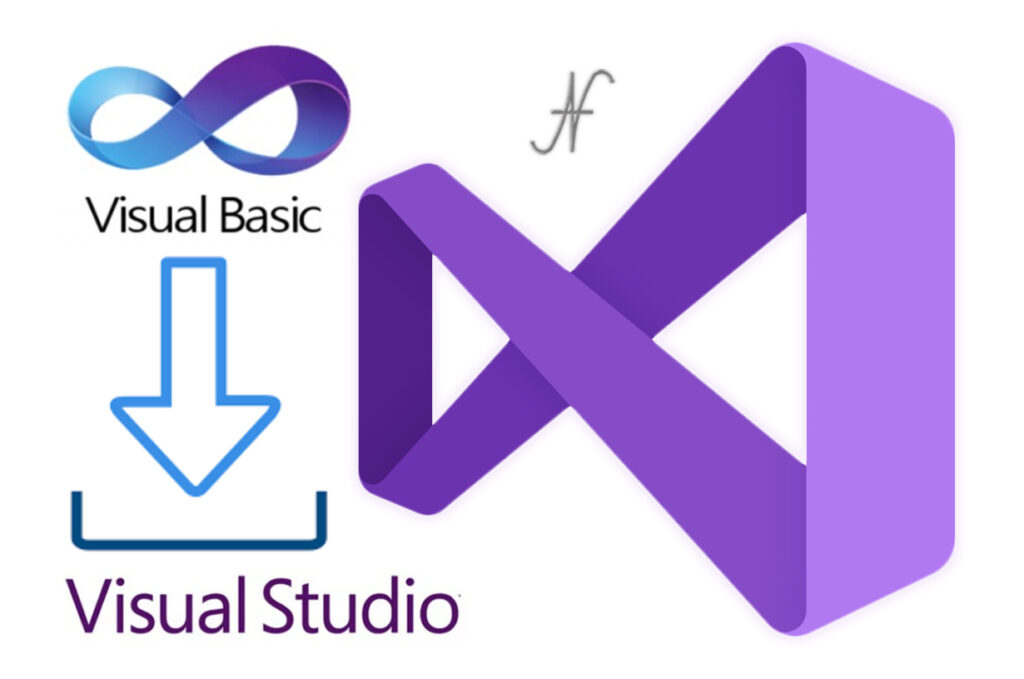
Free eBooks for Beginners
Visual Basic .NET (VB.NET) is a powerful and versatile programming language that is widely used to create a wide range of applications. It is a modern, object-oriented version of the classic Visual Basic language, which was first introduced in the 1990s.
One important concept in programming is the idea of a “list.” A list is a collection of similar data items that are stored together in a single variable, similar to an array. However, unlike an array which has a fixed size, a list in VB.NET can grow or shrink as needed. This means that you can add new items to a list or remove existing items from a list as needed.
In VB.NET, there are two main types of lists: generic lists and collections. Generic lists are the most common and are created using the generic List(Of T) class, where T is the type of data that the list will hold. Collections are also used in VB.NET, but they are less common than generic lists. They are created using the non-generic Collection class, which allows you to store any type of data in the list.
When working with lists in VB.NET, you can use a variety of built-in methods to add, remove and manipulate the data stored in the list. For example, you can use the “Add” method to add a new item to the list, the “Remove” method to remove an item from the list, or the “Sort” method to order the items in the list.
You can also use a loop to iterate through all the items in a list. For example, the following code uses a “For Each” loop to print out all the items in a list of strings:
Lists are an important concept in programming, and are widely used in VB.NET. They allow you to store and manipulate large amounts of data in a single variable, and because they can grow or shrink as needed, they are more flexible than arrays. By understanding how to create and work with lists, you can start building more complex programs and projects in VB.NET.
In conclusion, Lists in VB.NET are a powerful data structure that can be used to store and manipulate large amounts of data in a single variable. The ability to add, remove or sort elements makes them more flexible than arrays. Understanding and using lists in VB.NET will enable you to build more robust and efficient programs, without the need of writing any code.
Cookbook – VisualBasic.NET for Beginners – Chapter 09 : Lists
 Loading...
Loading...
Disclaimer: The information and code presented within this recipe/tutorial is only for educational and coaching purposes for beginners and developers. Anyone can practice and apply the recipe/tutorial presented here, but the reader is taking full responsibility for his/her actions. The author (content curator) of this recipe (code / program) has made every effort to ensure the accuracy of the information was correct at time of publication. The author (content curator) does not assume and hereby disclaims any liability to any party for any loss, damage, or disruption caused by errors or omissions, whether such errors or omissions result from accident, negligence, or any other cause. The information presented here could also be found in public knowledge domains.
Learn by Coding: v-Tutorials on Applied Machine Learning and Data Science for Beginners